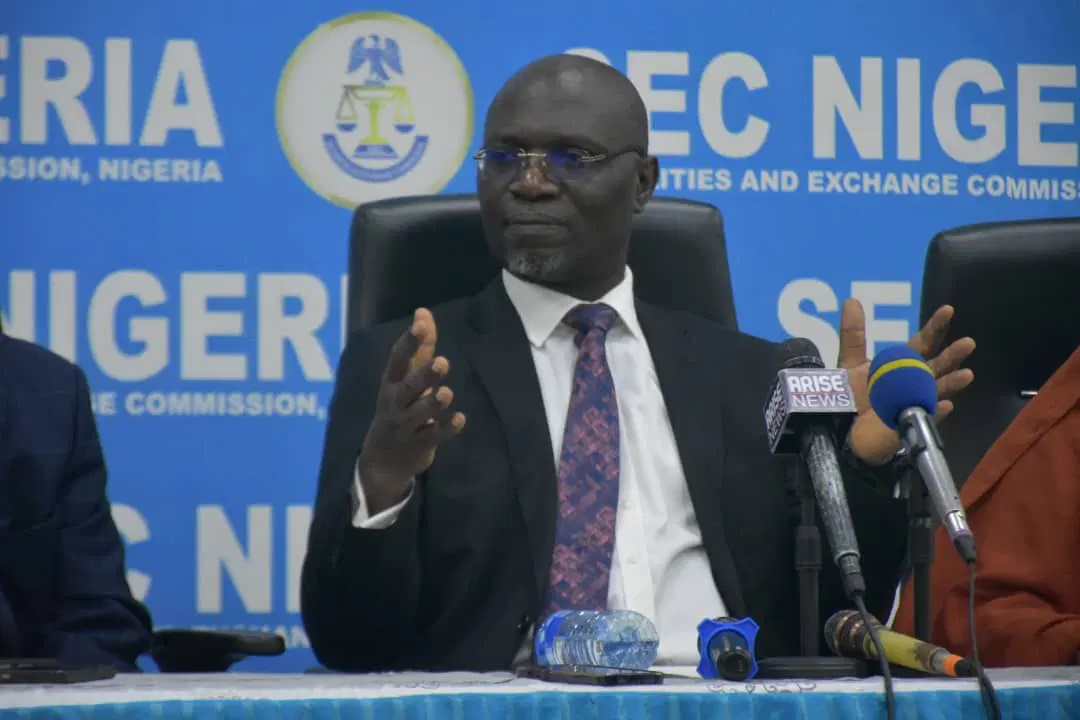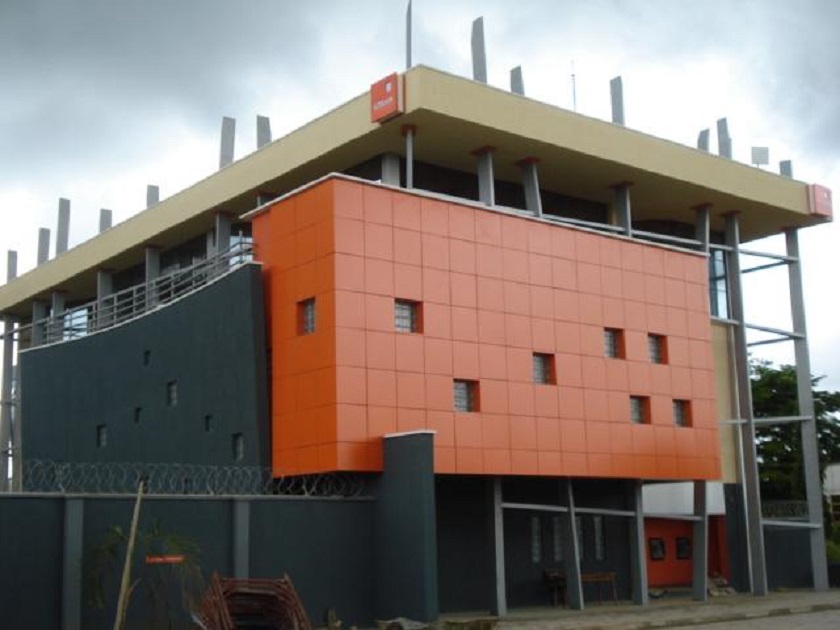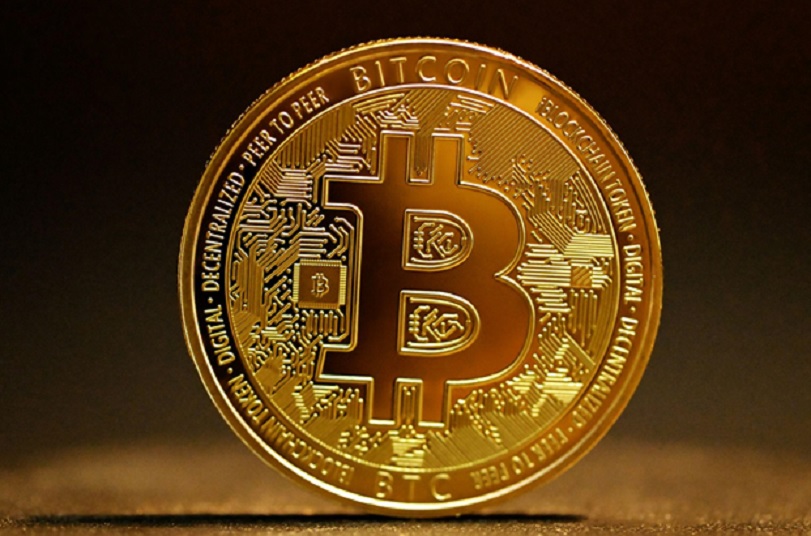Economy
Bitcoin Beyond Halving: Predicting the Path to the Next Decade

Introduction
Since its inception in 2009, Bitcoin has captured the world’s attention and revolutionized the financial landscape. Its decentralized nature and limited supply have made it a magnet for investors seeking an alternative to traditional fiat currencies. As the decade-long journey continues, analysts and enthusiasts are closely observing the impact of halving events on Bitcoin’s price and overall trajectory. In this article, we explore the possible scenarios for Bitcoin in the next decade, reflecting on its past performances while keeping an eye on emerging opportunities. So, if you are planning to invest in crypto like Bitcoin, you may consider visiting a reliable trading platform such as the Immediate Momentum platform.
The Halving Phenomenon: A Defining Moment
What is Bitcoin Halving?
Bitcoin’s protocol incorporates a unique feature known as “halving,” programmed to occur approximately every four years. During this event, the mining reward for successfully adding a new block to the blockchain is reduced by half. This process ensures a controlled and predictable supply of new bitcoins, making it increasingly scarce over time. So far, there have been three halving events, and each one has had a profound impact on the cryptocurrency’s price and market sentiment.
The Price Surge After Every Halving
After each halving event, Bitcoin has experienced an unprecedented price surge, defying expectations and setting new records. The first halving in 2012 witnessed the cryptocurrency’s price skyrocket from a few dollars to over $1,000 in 2013. Similarly, the second halving in 2016 saw Bitcoin’s price soar from around $600 to almost $20,000 in 2017, making headlines worldwide. The third halving in 2020 pushed the price above $60,000 in 2021. These remarkable price surges have drawn both institutional and retail investors into the crypto market, cementing Bitcoin’s position as the king of cryptocurrencies.
Market Volatility and the Long-Term Trend
While halvings have historically led to bullish trends, Bitcoin’s journey has not been without its fair share of volatility. The cryptocurrency’s price has experienced several peaks and troughs over the years, influenced by various factors, including regulatory developments, technological advancements, macroeconomic events, and public sentiment. Yet, beneath the short-term fluctuations lies a steady long-term upward trend, indicating Bitcoin’s potential for substantial growth in the coming years.
The Next Decade: Predicting the Path Forward
Institutional Adoption: A Game Changer
In recent years, institutional interest in Bitcoin has surged, bringing legitimacy and stability to the crypto market. Renowned companies and financial institutions have started integrating Bitcoin into their investment portfolios, recognizing it as a hedge against inflation and economic uncertainties. This institutional adoption is expected to strengthen further over the next decade, potentially propelling Bitcoin’s price to new heights.
Technological Advancements and Scaling Solutions
Bitcoin’s underlying technology, the blockchain, has undergone significant advancements, making the network more efficient and scalable. Segregated Witness (SegWit) and the Lightning Network are two notable developments that have improved transaction speeds and reduced fees, making Bitcoin more practical for everyday use. As these technologies continue to mature, Bitcoin’s utility as a medium of exchange could increase, bolstering its position in the financial landscape.
Regulatory Clarity: Paving the Way for Mainstream Adoption
Regulatory clarity has been a significant hurdle for cryptocurrencies, but over time, governments and regulatory bodies worldwide have started acknowledging their potential and addressing concerns. As clearer regulations take shape, it will likely attract more traditional investors, contributing to Bitcoin’s mainstream adoption.
Environmental Concerns and Sustainable Mining
One aspect that the next decade will undoubtedly address is the environmental impact of Bitcoin mining. The energy-intensive process has raised concerns about its carbon footprint. However, researchers and innovators are actively seeking sustainable solutions that could make Bitcoin mining more eco-friendly, ensuring a greener future for the cryptocurrency.
The Emergence of Trading Platforms
Empowering Investors through Technology
As interest in cryptocurrencies surges, online trading platforms have emerged, empowering investors to participate in the crypto market efficiently. These platforms utilize advanced algorithms and machine learning to analyze market data and make data-driven trading decisions. With user-friendly interfaces, they cater to both novice and experienced investors, making it easier for anyone to enter the crypto space.
Embracing the Future with Online Platforms
Most Platform offers various features, such as real-time market analysis, automated trading options, and risk management tools, ensuring that users can navigate the dynamic cryptocurrency market with confidence. By providing a seamless trading experience, platforms contribute to the overall growth and acceptance of Bitcoin and other cryptocurrencies.
Conclusion
As Bitcoin enters the next decade, it does so with a robust foundation and growing global acceptance. Predicting its exact path remains a challenge, but with institutional adoption, technological advancements, regulatory clarity, and sustainable practices on the horizon, the future looks promising for Bitcoin. As individuals and institutions alike continue to explore the cryptocurrency market, platforms will play a vital role in empowering investors and fostering a more inclusive financial ecosystem for the years to come.
Economy
SEC to Prioritise Mobilisation of Long Term Funds, Others in 2026

By Aduragbemi Omiyale
One of the main goals of the Securities and Exchange Commission (SEC) for 2026 is prioritising the mobilisation of long-term capital to bridge Nigeria’s infrastructure and sectoral gaps while also streamlining regulatory frameworks and aggressively facilitating the issuance of innovative financial instruments that channel disciplined capital into productive sectors.
In his New Year message on Thursday in Abuja, the Director General of the agency, Mr Emomotimi Agama, also disclosed that SEC intends to facilitate the issuance of infrastructure bonds, green bonds, municipal bonds, and infrastructure-focused funds.
He further disclosed that efforts would be made to drive the revitalisation of Real Estate Investment Trusts (REITs) and introduce innovative affordable housing bonds.
According to him, these initiatives will unlock capital for mass housing delivery, create new asset classes for investors, and move millions of Nigerians closer to homeownership.
“Our goal is to attract long-term domestic and international capital into roads, power, rail, housing, and digital infrastructure, while making it easier for state governments and infrastructure companies to access the market efficiently.
“We will promote the listing of agribusiness firms and create tailored listing windows for agricultural cooperatives and value-chain companies.
“Through commodity exchanges, agricultural investment trusts, and commodities-linked financial instruments, we will de-risk agriculture, ensure fair pricing for farmers, strengthen food security, and allow Nigerians to own a stake in the nation’s breadbasket,” he stated.
“We are reviewing our rules to incentivize listings from small and medium-scale industries, with special focus on manufacturing, automotive, pharmaceuticals, and finished goods.
“By providing patient capital through the capital market, we will revitalize factories, reduce import dependency, create jobs, and position Made in Nigeria as a global brand.
“The SEC will support Nigeria’s power sector through infrastructure bonds, green energy bonds, project-backed securities, and public–private investment vehicles.
“We will help unlock long-term capital for grid expansion, renewable energy projects, embedded power solutions, and energy transition initiatives. By improving bankability structures and attracting patient capital into the power value chain, the capital market will support energy security,” he added.
Mr Agama noted that as the new year begins, the SEC is not merely turning a page on the calendar; but is embracing a profound opportunity—an opportunity to redefine the very purpose and power of the Nigerian capital market.
“We look back at a year of transformation and look forward to a future where our capital market becomes the definitive solution provider for Nigeria’s most pressing economic and developmental needs,” he added.
Economy
Shareholders Increase Investment in Presco, Oversubscribe N236.67bn Rights Issue

By Dipo Olowookere
Shareholders of Nigeria’s leading fully integrated edible oils and fats company, Presco Plc, recently increase their investment in the business by oversubscribing its N236.67 billion rights issue.
The exercise, which commenced on November 12, 2025, and ended on December 2, 2025, witnessed a subscription rate of 103 per cent.
The strong participation of investors in the rights issue demonstrated an overwhelming confidence in the organisation’s strategic direction and long-term growth outlook.
Business Post reports that the firm offered to shareholders a total of 166,666,667 new ordinary shares at a unit price of N1,420 on the basis of one new share for existing six shares.
Analysts view the strong response as a clear endorsement of Presco’s business fundamentals, disciplined execution, and strengthened governance.
The outcome reinforces confidence in its operational resilience, integrated business model, and ability to continuously deliver on its commitment to sustainable long-term value.
This is because Presco was able to pull this through amid a cautious capital-market environment characterised by tightening liquidity and selective investor participation.
The rights issue strengthened the organisation’s financial position, providing greater balance-sheet capacity to support business expansion and disciplined strategic execution to help achieve its long-term vision and growth trajectory.
The strong appetite for Presco’s shares also consolidates its standing as a credible and well-regarded issuer within the Nigerian capital market.
Economy
Stock Market Nears N100trn Valuation After 0.37% Surge

By Dipo Olowookere
The Nigerian Exchange (NGX) Limited inched closer to N100 trillion on Wednesday after it gained 0.37 per cent on the last trading day of 2025.
The growth recorded by the local stock market was driven by bargain-hunting in the financial services sector, according to data obtained by Business Post.
Yesterday, the insurance space grew by 2.17 per cent, the banking index improved by 1.40 per cent, and the consumer goods sector expanded by 0.20 per cent.
However, three other major sectors witnessed profit-taking, with the energy counter shedding 0.55 per cent, the commodity industry losing 0.31 per cent, and the industrial goods segment declining by 0.14 per cent.
The losses posted by the trio could not bring down Customs Street, as the All-Share Index (ASI) closed higher by 578.31 points to 155,613.03 points from 155,034.72 points and the market capitalisation increased by N533 billion to N99.376 trillion from N98.843 trillion.
Aluminium Extrusion was the biggest price gainer with an appreciation of 9.90 per cent to trade at N21.65, Austin Laz gained 9.82 per cent to close at N4.25, Meyer jumped by 9.75 per cent to N12.95, C&I Leasing soared by 9.60 per cent to N6.85, and Union Dicon advanced by 9.52 per cent to N6.90.
Conversely, Neimeth lost 9.37 per cent to sell for N5.80, Tantalizers declined by 6.72 per cent to N2.50, International Breweries crumbled by 4.44 per cent to N14.00, NPF Microfinance Bank depreciated by 3.13 per cent to N3.71, and Vitafoam slumped by 3.06 per cent to N92.00.
Investor sentiment remained bullish after the bourse finished with 47 price gainers and 16 price losers, representing a positive market breadth index.
Market participants transacted 1.2 billion equities worth N35.1 billion in 27,884 deals yesterday compared with the 4.7 billion equities valued at N38.9 billion traded in 34,852 deals on Tuesday, showing a shortfall in the trading volume, value, and number of deals by 74.47 per cent, 9.77 per cent, and 19.99 per cent apiece.
Chams led the activity chart with 710.3 million units sold for N2.6 billion, Zenith Bank traded 58.8 million units worth N3.7 billion, Access Holdings exchanged 57.6 million units valued at N1.2 billion, FCMB transacted 44.1 million units for N516.3 million, and Tantalizers traded 39.9 million units worth N100.1 million.
-

 Feature/OPED6 years ago
Feature/OPED6 years agoDavos was Different this year
-
Travel/Tourism9 years ago
Lagos Seals Western Lodge Hotel In Ikorodu
-

 Showbiz3 years ago
Showbiz3 years agoEstranged Lover Releases Videos of Empress Njamah Bathing
-

 Banking8 years ago
Banking8 years agoSort Codes of GTBank Branches in Nigeria
-

 Economy3 years ago
Economy3 years agoSubsidy Removal: CNG at N130 Per Litre Cheaper Than Petrol—IPMAN
-

 Banking3 years ago
Banking3 years agoFirst Bank Announces Planned Downtime
-

 Banking3 years ago
Banking3 years agoSort Codes of UBA Branches in Nigeria
-

 Sports3 years ago
Sports3 years agoHighest Paid Nigerian Footballer – How Much Do Nigerian Footballers Earn






















